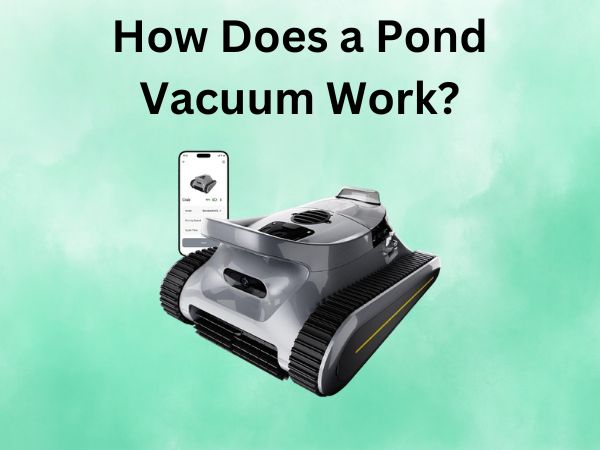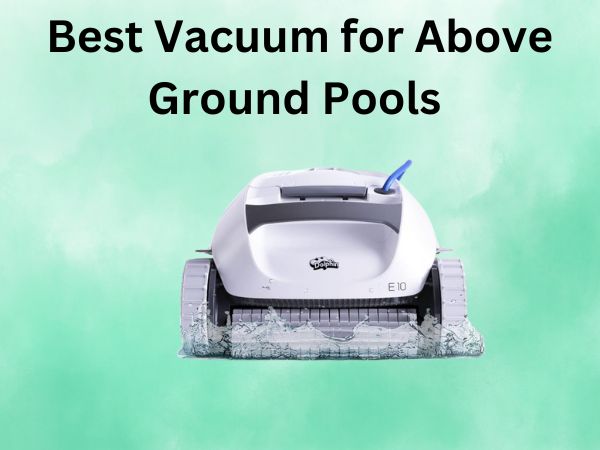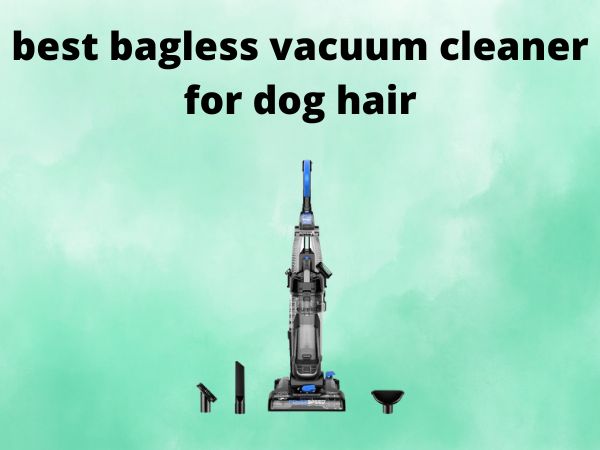How Does a Robot Vacuum Know Where to Clean?
Have you ever marveled at how a small, round disc buzzing around your living room knows not to bulldoze through the family pet or crash into walls? It’s as if these robot vacuums have a mind of their own. How exactly do they navigate our homes so effortlessly? Let’s embark on this curious journey to unveil the mysteries of robotic cleaning intelligence.
Table of Contents
1. Understanding the Basics
Before diving into the intricate details, let’s first understand what a robot vacuum is. Imagine having a personal cleaning assistant that doesn’t complain nor demand breaks. Sounds like a dream, right? These robotic helpers are designed to autonomously clean floors with minimal human intervention.
2. The Technology Behind the Magic
The brain powering our tiny house cleaners is a combination of hardware and software. But what exactly are these technological wonders?
2.1 Sensors: The Eyes of the Robot
Sensors are akin to a robot vacuum’s eyes and ears. Without them, navigating would be like driving a car blindfolded!
2.1.1 Infrared Sensors
- Detect obstacles and prevent collisions
- Helps in mapping out the room
2.1.2 Cliff Sensors
- Prevent the device from tumbling down stairs
- Uses downward-facing sensors to detect drop-offs
2.2 Mapping: Internal GPS?
Do you feel like your robot vacuum remembers where it’s been? You’re not wrong. Many modern vacuums utilize mapping technology to optimize their cleaning paths.
2.2.1 SLAM Technology
Simultaneous Localization and Mapping (SLAM) helps the vacuum create a map of your home and locate itself within that map. It learns over time to improve efficiency.
2.2.2 LIDAR Systems
LIDAR (Light Detection and Ranging) uses lasers to measure distances and create precise room layouts, functioning much like a sophisticated cartographer.
3. Learning and Adapting
Not only do these robots map your home, but they also learn from their environment. Imagine a diligent student always eager to improve.
3.1 Machine Learning Algorithms
With advanced algorithms, robot vacuums can recognize patterns such as frequently dirty areas and adjust their cleaning paths accordingly.
3.2 Continuous Feedback Loop
Data gathered during operations is analyzed to improve future performance—a self-improving cycle.
4. Customizing Your Cleaning Experience
Do you dream of smart cleaning tailored to your preferences? Robot vacuums offer various customization options.
4.1 Setting No-Go Zones
With digital barriers, you can steer your vacuum away from sensitive areas like pet feeding stations.
4.2 Scheduling Cleanups
Program your vacuum to clean while you’re away, returning to a spotless home without lifting a finger.
5. Real-Life Benefits
But why should you care? Let’s look at the advantages of having a robot vacuum in your home:
- Time-saving convenience
- Consistent cleaning performance
- Accessibility for those with mobility issues
6. Overcoming Challenges
While our robotic friends are impressive, they’re not without their quirks. What are some challenges they face?
6.1 Navigating Complex Layouts
Homes with intricate layouts or multi-levels can be tricky for robots to navigate.
6.2 Handling Different Surfaces
Switching between carpet and hardwood seamlessly requires advanced sensors and adaptive cleaning modes.
7. The Future of Smart Cleaning
What lies ahead for robotic vacuums? With rapid technological advancements, the future looks as bright as a freshly polished floor.
7.1 Integration with Smart Homes
Envision your vacuum communicating seamlessly with other smart devices for a synergetic home ecosystem.
7.2 Enhancements in AI
With AI evolution, expect even smarter vacuums that anticipate your needs before you do.
Conclusion
From avoiding obstacles with the grace of a seasoned dancer to learning and adapting like a diligent scholar, robot vacuums truly exemplify the wonders of modern technology. While they may not vocalize gratitude for a job well done, their silent efficiency is sure to win your heart and floors. So, the next time you press ‘start,’ you’ll appreciate that your robotic helper knows exactly where to clean and, more importantly, how to get there.
FAQs
1. How do robot vacuums charge themselves?
Most robot vacuums automatically return to their docking station to recharge when their battery is low, ensuring they’re always ready for their next cleaning session.
2. Can a robot vacuum replace a traditional vacuum cleaner?
While robot vacuums are excellent for maintenance, a traditional vacuum may still be necessary for deep cleaning or reaching tough spots, like corners and edges.
3. Are robot vacuums suitable for homes with pets?
Yes, many models are designed with powerful suction and specialized brushes to efficiently pick up pet hair and dander.
4. Do robot vacuums work on all types of flooring?
Most robot vacuums are versatile and can handle various flooring types—whether it’s hardwood, tile, or carpet—though performance may vary based on the model.
5. How often should I clean my robot vacuum?
It’s recommended to regularly empty the dustbin, clean the brushes, and wipe sensors to ensure optimal performance. The frequency depends on usage and the robot’s work environment.


![5 Best Bagless Canister Vacuum Cleaners for Pet Hair [In 2026]](https://bathroomexplorer.com/wp-content/uploads/2025/06/best-bagless-vacuum-cleaner-for-pet-hair.jpg)



